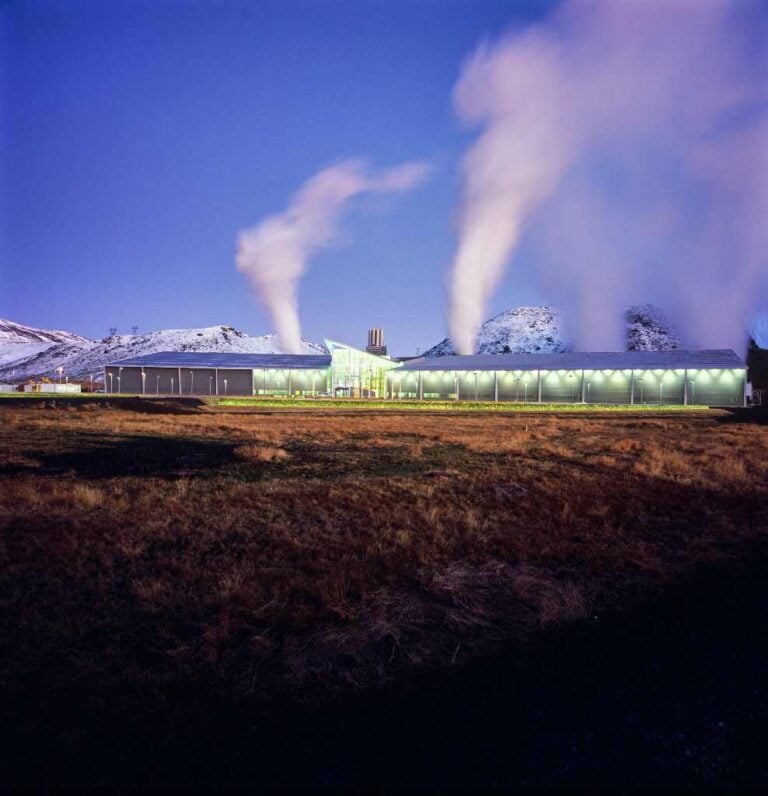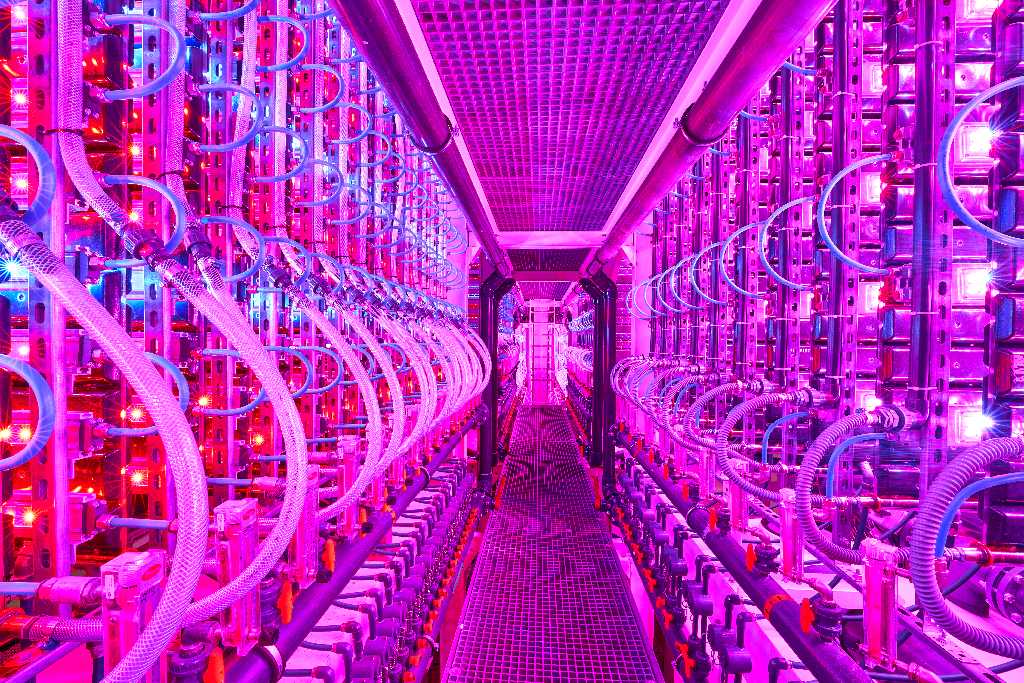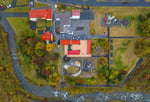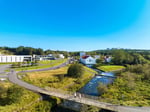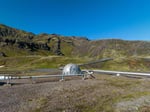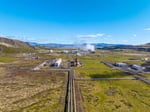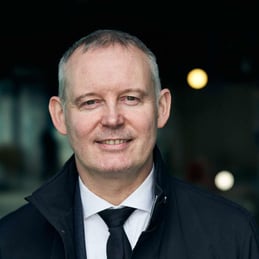
Sævar Freyr Þráinsson, CEO of Reykjavík Energy, anticipates tremendous opportunities in energy production in Iceland. According to the company’s new and ambitious strategy for the future, green energy production clearly needs increasing, and plans for wide-ranging and enthusiastic collaboration are already in place with innovative companies in the energy sector—in the coming years and decades.
The recent annual meeting of Reykjavík Energy was titled ‘Clear Opportunities’, which, according to Sævar is a wordplay that reflects the goals that Reykjavík Energy aims to achieve for the future. ‘Clear refers to pure, green energy, which we seek to enhance in various ways, while the opportunities we discuss are those that benefit our society and the positive impact we, as a company, can have,’ explains Sævar. ‘In essence, our vision for the future is simple: We are a catalyst for a sustainable future. Each word carries great significance and meaning for us. We strive for purpose in everything we do and base our actions on this perspective.’
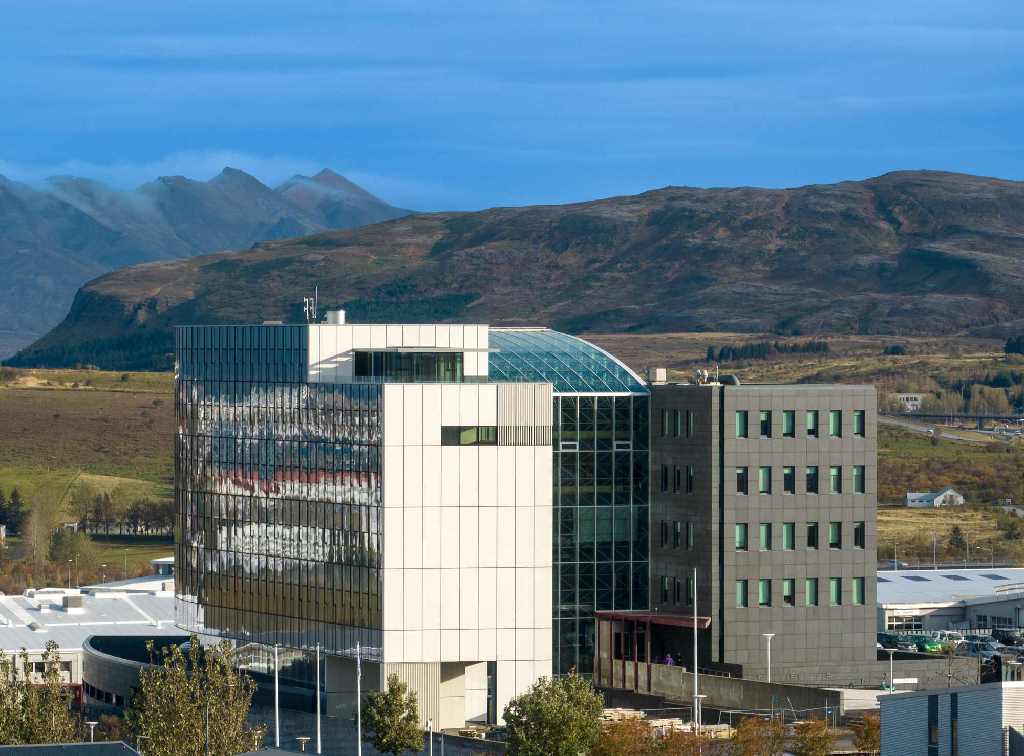
No shortage of opportunities
‘One of the things we’re working on, not just here in Iceland but globally, is combating global warming. Iceland has committed to participating in the project to fight global warming by reducing the Earth’s temperature by one and a half degrees,’ says Sævar. ‘The world aims to triple the amount of green energy by 2030 and double energy efficiency at the same time. We’ve already analysed the role Reykjavík Energy will play in this project and are working toward these goals. However, in some ways the current situation is a bit backwards. The reality is that we’re discussing an energy shortage in Iceland when we should be talking about opportunities.’

According to Sævar, we need to look at the possibilities differently and place them in a different context. Where do we want to be in 10 or 15 years? ‘To achieve our goals, we definitely need to produce sufficient green energy. When I say green energy, I’m referring to both electricity and our geothermal energy. We must increase and improve both to move beyond the current situation of discussing an energy shortage. That’s why we’re emphasising significant increase in energy production. Once we’ve addressed the energy shortage, we still need to tackle what’s known as energy transition. It’s actually our most critical task right now and is part of the global journey to transition away from polluting fossil fuels. Iceland has made considerable progress in this area compared to other nations, with our geothermal resources and more, but we still need to take further action. We must harness our hot water and produce enough green energy to truly solve the energy transition challenge.’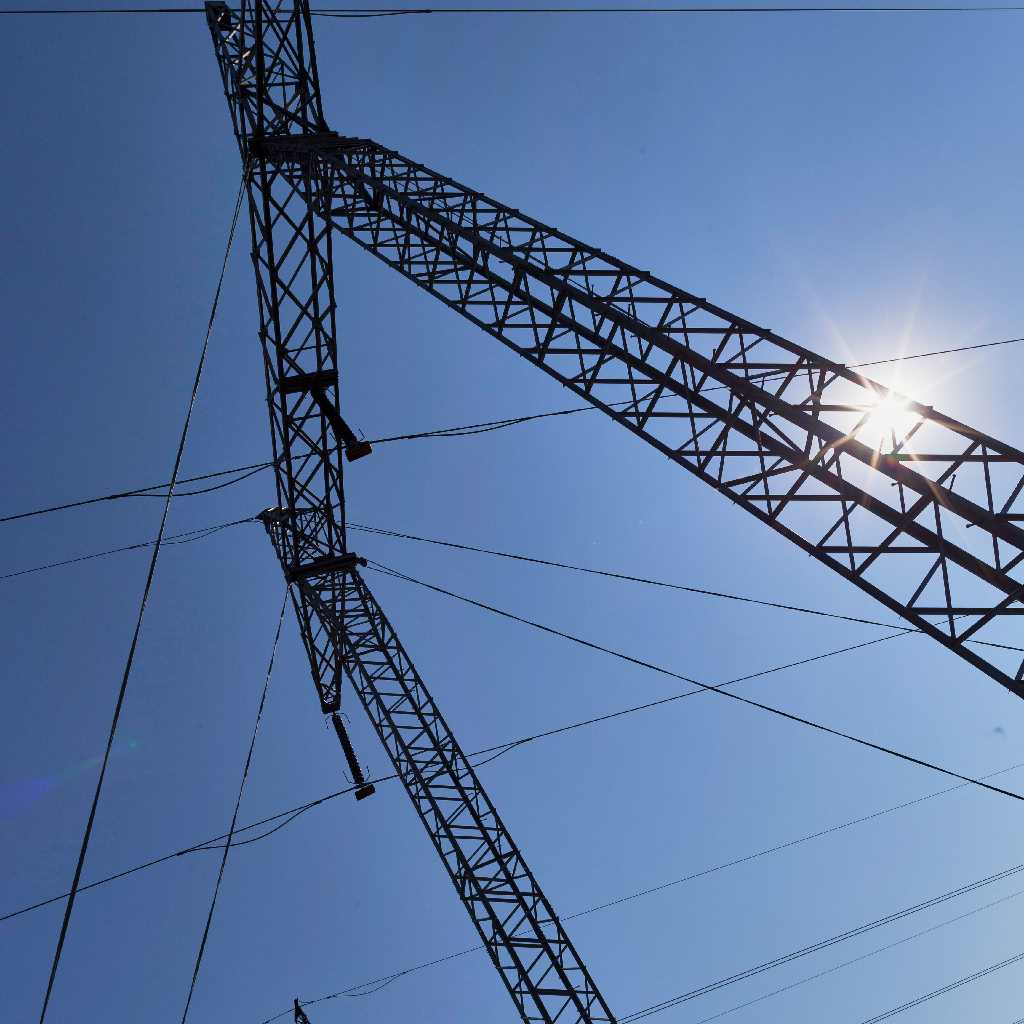
The ‘Current Shift’ that lies ahead
Having said that, only half the story is told, Sævar points out. ‘But then we have the opportunities ahead. We call them the ‘Current Shift’, as the word current refers to these issues being highly current, and it is also a term that refers to the flow of electricity. The energy shortage, energy transition, and current shift––these are just terms for the opportunities we’re observing, and discussions are already underway with many of the most interesting innovative and creative startups in this field. At the same time, we’re facing some of the most exciting business opportunities Iceland has ever seen.’
Sævar explains that the reason these opportunities are emerging is due to an unprecedented transformation occurring globally. ‘A transformation that stipulates that merely capturing carbon dioxide from the atmosphere, and simultaneously having production processes that are polluting is insufficient action. Instead, we need to transform production methods so that they become clean. We’re currently in discussions with exciting collaborators in this field that have been developing new technology to transform the production processes themselves. This will lead to green production methods, and ultimately, these companies are determined not to compromise their success by purchasing energy that is not generated in an environmentally friendly manner.’
The world is undergoing a significant transformation, according to Sævar, and this needs to happen in the next few decades. With its abundant green energy, Iceland is in an excellent position to benefit from resulting business opportunities, attract them to the country, and create an environment, with subsequent job opportunities, that the Icelandic society can be immensely proud of. ‘Reykjavík Energy intends to use its vision for the future—being a catalyst for a sustainable future—to seize these possibilities, which is why we call them clear opportunities. Because this is what we see ahead.’
‘But our priorities also revolve around balance. Balance in environmental protection, biodiversity, climate protection, financial risk management, community development, employment, municipalities, the economy, with our partners, and for our customers. We need to proceed with enthusiasm but also with responsibility,’ says Sævar. ‘Iceland’s commitment to sustainable energy and innovative solutions is commendable, and it’s exciting to see how these efforts will shape the future.’
The future of energy
According to Sævar, the most urgent projects and biggest opportunities that lie ahead for Reykjavík Energy revolve around harnessing new sources of energy. ‘Our role is to be an energy company and a utility company, as well as being involved in carbon sequestration, so we cover all aspects of the process, so to speak. When all of this comes together, we can work with precision and effectiveness on the opportunities at hand.’
Reykjavík Energy is fully committed to this endeavour. ‘In this company, there is immense expertise and capability in geothermal energy, and we are exploring all opportunities and possibilities in this field. But equally important is examining other ways to produce green energy for the future––such as wind power, solar energy, and wave energy. Across all these categories, we are working at various stages, from initial research to collaboration with partners where opportunities can evolve into actual production. And we are looking at new capabilities that may not currently exist within our organisation.’
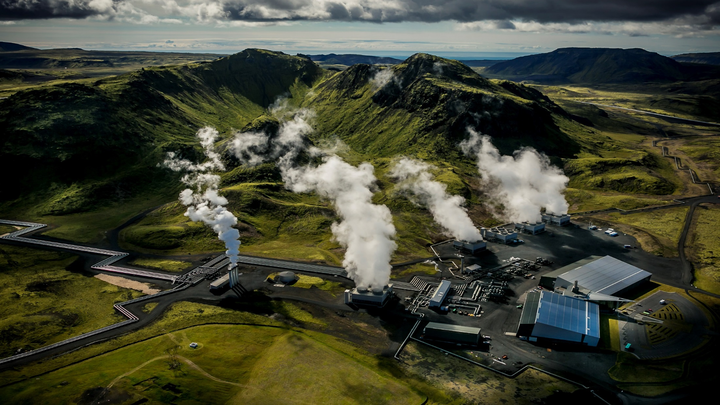
When it comes to wind energy, Reykjavík Energy is exploring areas in Iceland that have already been subjected to some disturbance. ‘In these sites, we want to install wind turbines and are conducting measurements in these areas. According to initial data, we have very promising opportunities for energy production. At the same time, we are exploring collaboration with other parties regarding wind energy, which could lead us to take further steps in that field.’
There is also the potential for collaboration with companies to harness solar energy. ‘At a recent meeting, it was announced that we are considering collaboration with a company called Transition Labs, which, in turn, collaborates with Space Solar. They aim to generate solar energy in space, where sunlight is 13 times stronger than the light that reaches the Earth’s surface, resulting in more powerful electricity.’ Sævar explains, ‘The accumulated energy would then be transmitted back to Earth via radio waves towards the necessary locations. This work is still in the research stage and will likely take decades, but we are actively participating with key stakeholders.’
Sævar adds that Reykjavík Energy is also embarking on a research project regarding tidal energy, which is slightly less developed than wind and solar energy. ‘However, in the coming years or decades, this research will hopefully reveal the feasibility of harnessing and utilising tidal energy in the long run.’
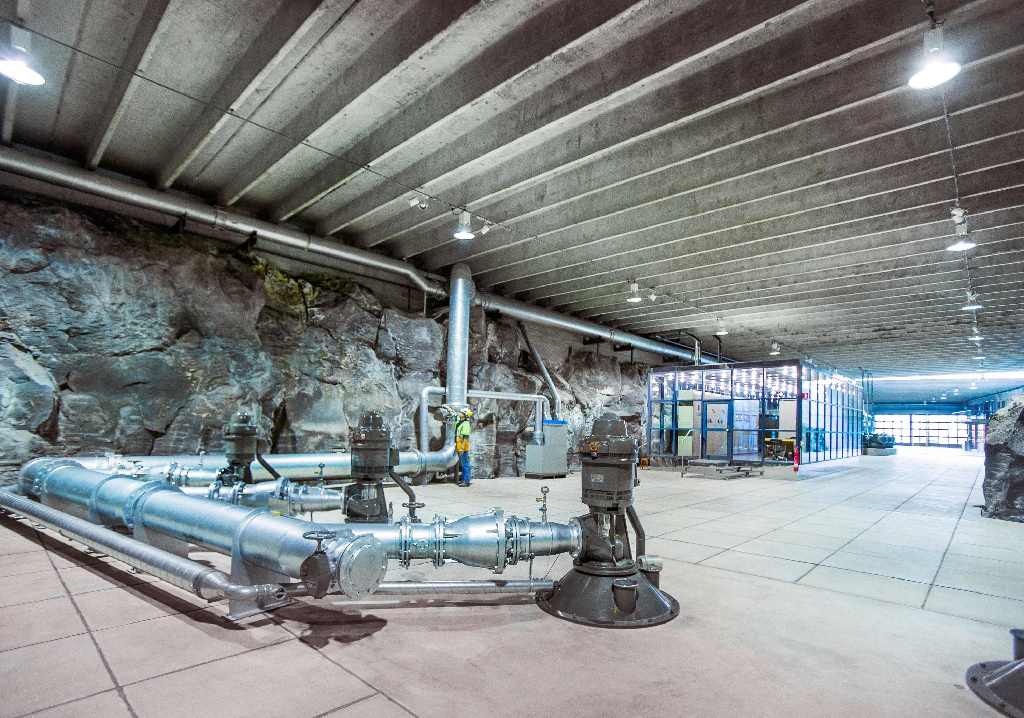
Sævar is adamant that collaboration is a prerequisite for progress in the energy sector. ‘It will manifest in various ways, including our collaboration with partners who possess expertise and knowledge that we currently lack. Thus, in a highly strategic manner, we will build up this expertise within Reykjavík Energy. Similarly, we envision that the energy sector can evolve in unique ways, similar to what has occurred in the maritime industry where additional value lies in the natural resources we are already utilising—whether it’s in cold water, hot water, wastewater, and so forth—that we have yet to find ways to harness and utilise. Our goal is to achieve this not by doing everything ourselves, but by finding the right collaborative partners to contribute to the realisation of positive outcomes. In this way, again, we aim to be a catalyst of a sustainable future. Who knows, perhaps collaboration with innovative companies will yield new resources before long—something that no one has yet fully realised? As an example, consider the fat produced in wastewater, just like the enzymes in cod roe, which unexpectedly became significant assets as material for bandages intended for burns.’

A new energy hub in the making
Sævar points out that efforts are underway to bring together all five subsidiaries of the conglomerate—besides Reykjavík Energy, these include Orka náttúrunnar, Veitur, Carbfix, and Reykjavik Fibre Network—under one roof at the headquarters near Bæjarháls, Reykjavik. However, according to Sævar, once the reunion is complete, the building is nevertheless still too big for Reykjavík Energy alone.
‘We want to utilise the available space to attract the most powerful innovators and startups and subsequently achieve results by researching the resources and harnessing the potential value that may lie within them. We intend to create an environment here in this building—a hub for pioneers and innovation—where such entities can thrive. In doing so, we also contribute to our strategic goal of being a catalyst for a sustainable future.’

